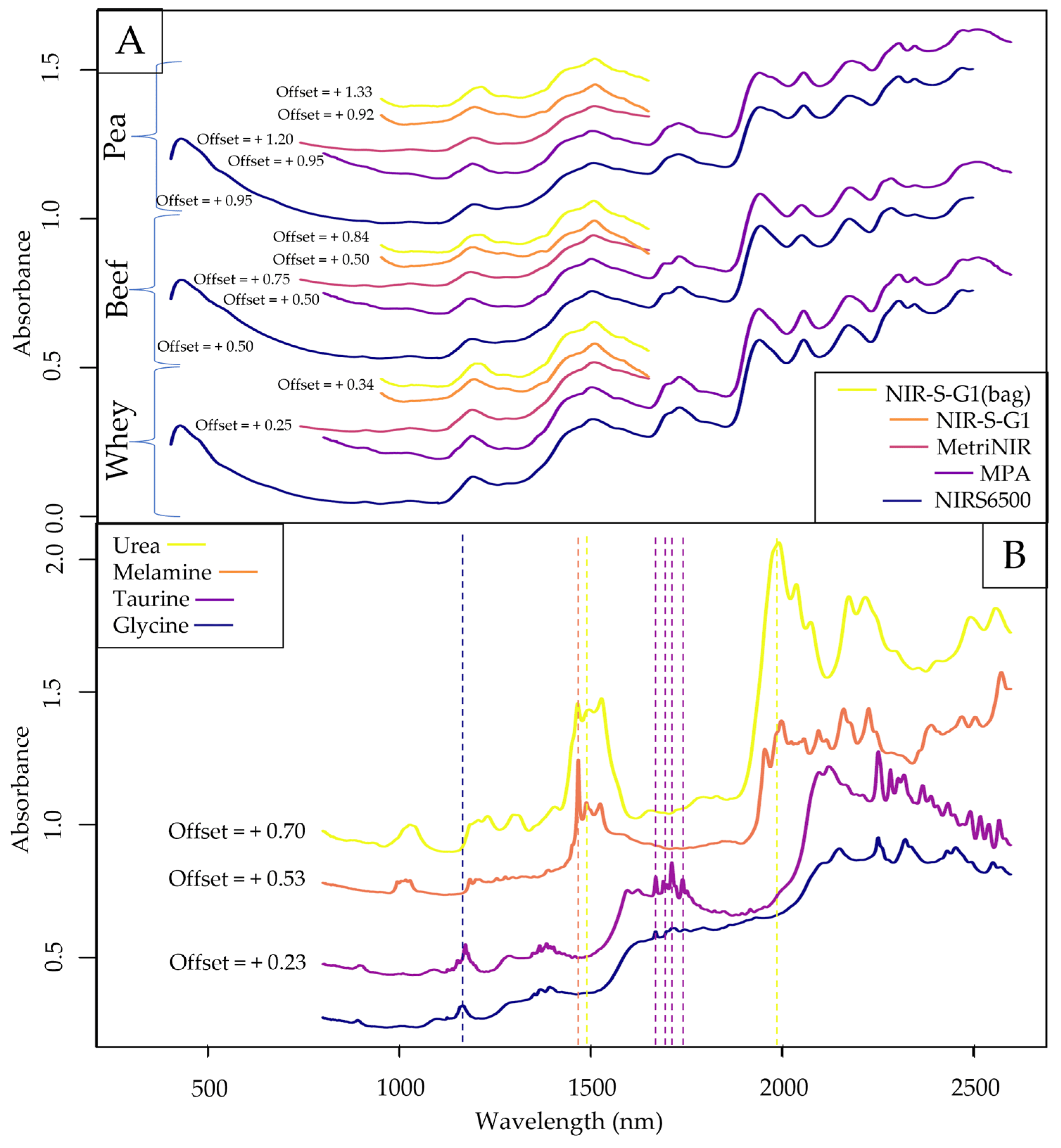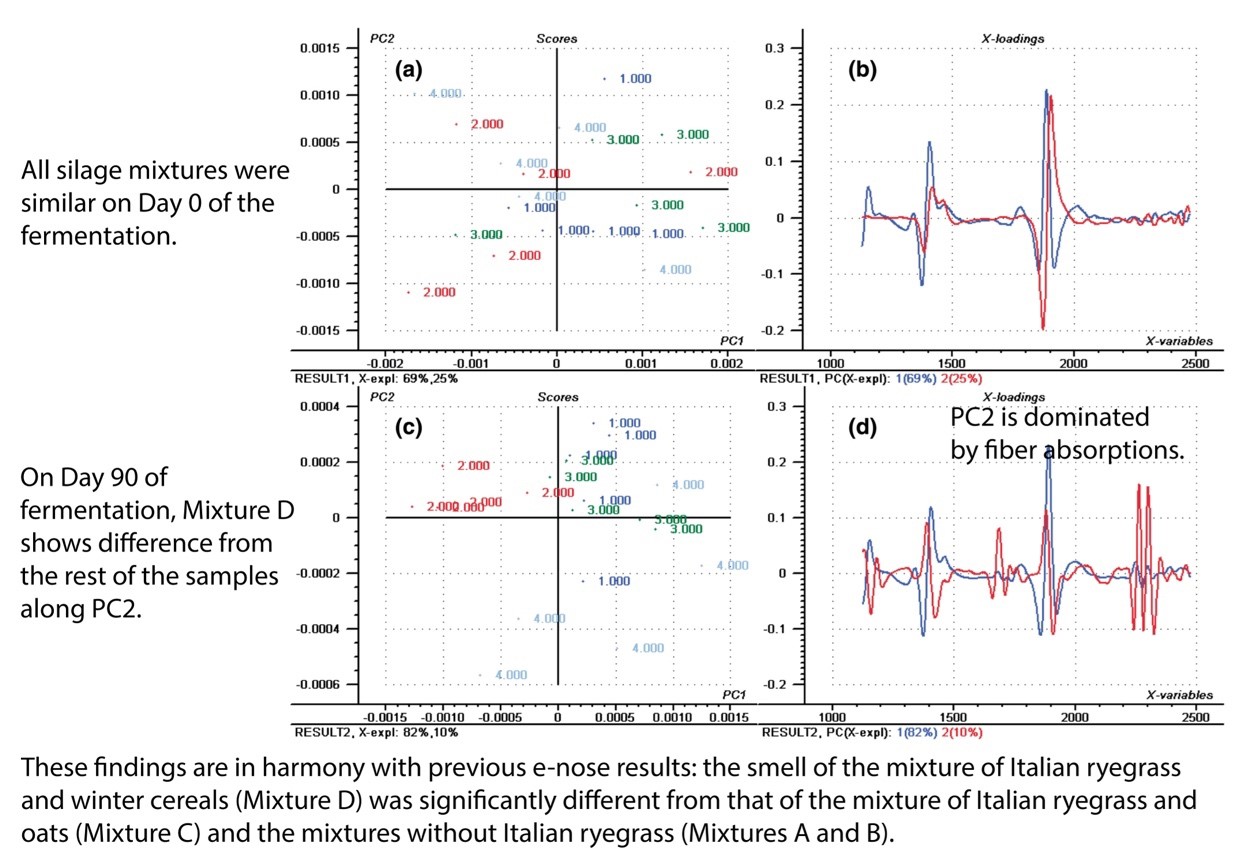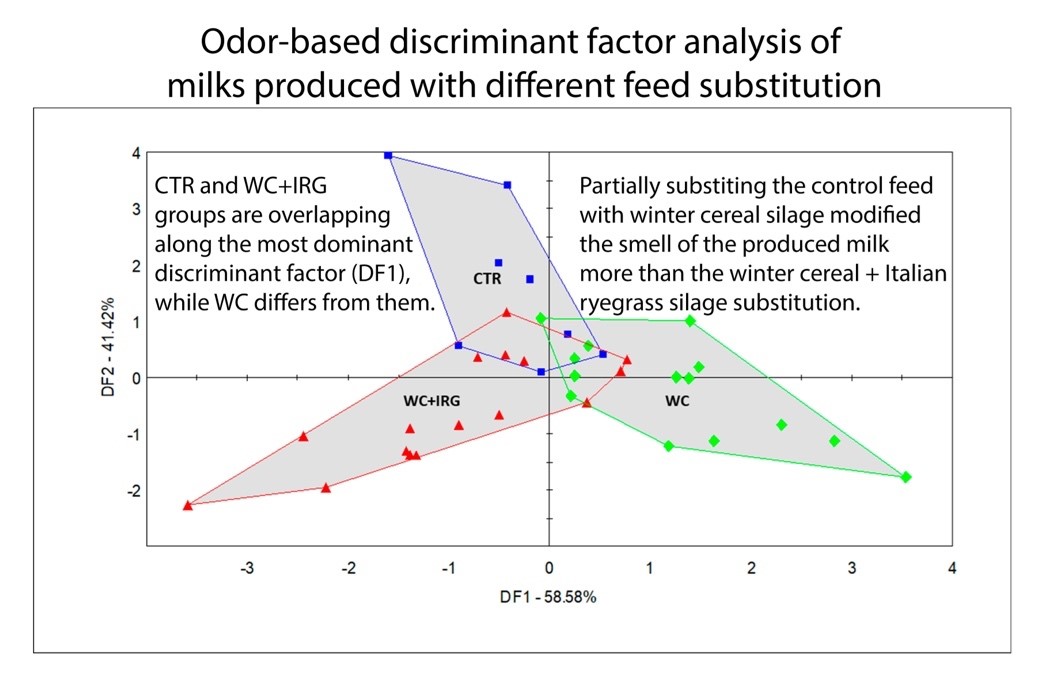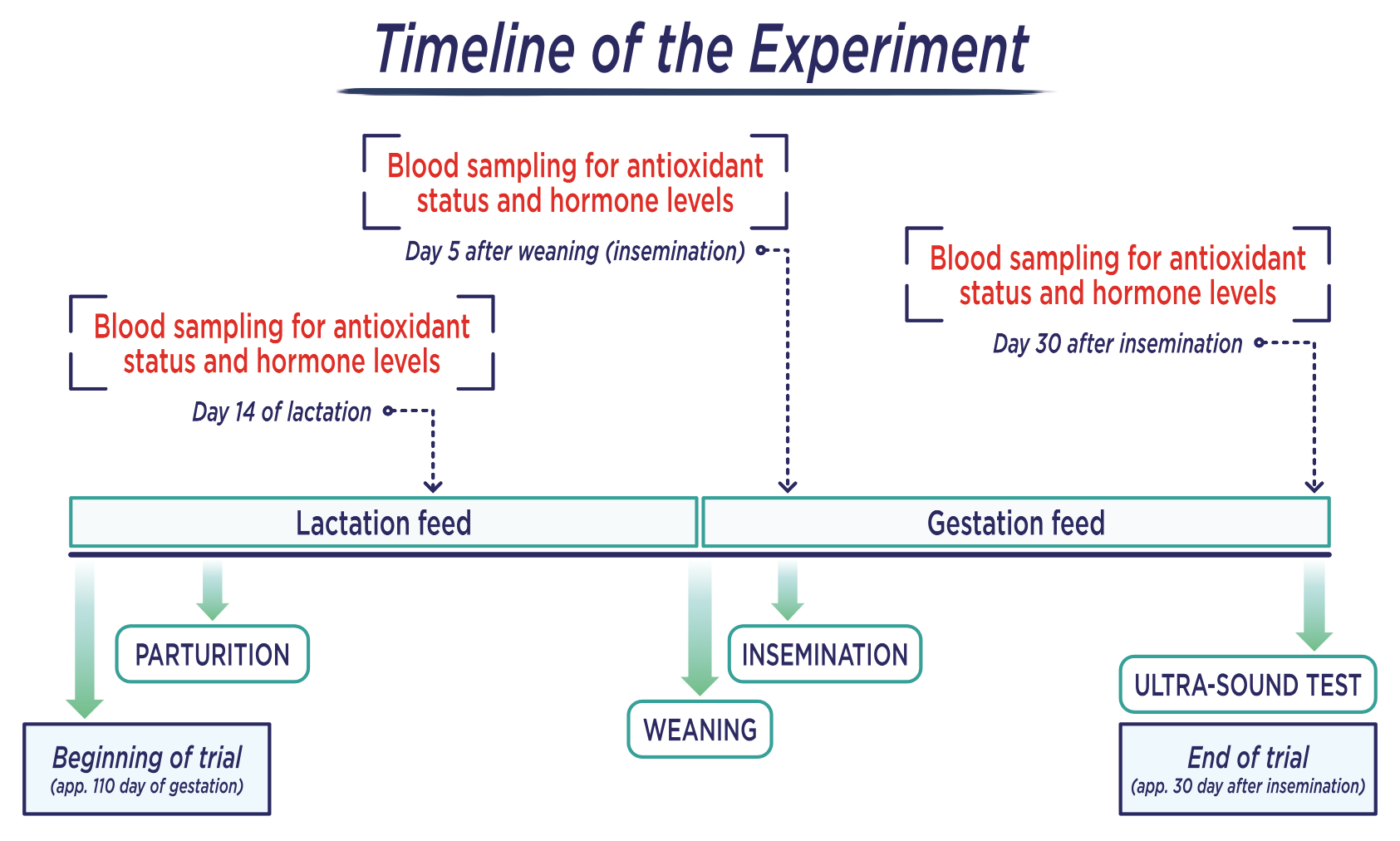News
Our second EUREKA research and development project has been completed, which we won and implemented this time together with Szent István University and Romanian consortium partners during the last three years. The aim of the project was to develop a complex instrumental wine testing technology and methodology, which can be used in the future as a supplement to classical wine testing and tasting during innovative winemaking developments. In the framework of the project, we successfully tested the rapid testing methodology on wines burdened with various wine defects, as well as on wines produced at the Winery Research Institute in Pietroasa with the WINEDRYYEAST technology developed by the Romanian partners. Results achieved during the project have been published in the peer reviewed AgroLife Scientific Journal and presented at the 5th International Conference on Biosystems and Food Engineering.
Poster

Grants

The joint international EUREKA tender of ADEXGO Kft. and Széchenyi István University entitled ” Exploitation of local biodiversity of yeasts for wine production – development of a complex quality testing technology enabling the objective characterization and identification of wines” has ended.
The project was implemented under the leadership of the Romanian company SC ICA Research and Development SRL and with the participation of two other Romanian partners, SC Pharmacorp Innovation SRL and the University of Agronomic Sciences and Veterinary Medicine of Bucharest (USAMVB).
The main goal of the tender, which closed on August 31, 2024, was to develop new, innovative methodologies in the field of winemaking and wine testing. During the 3-year tender period, a methodology was developed that included, in addition to classical testing methods, instrumental rapid analytical technologies, comprising non-destructive near-infrared spectroscopy (NIRS), optoelectronic and gas chromatography (GC) electronic noses, and electronic tongue using ion selective field-effect transistor (ISFET) sensors coated with biological membranes.
Using the developed technology, the individual wine varieties were identified, and the contaminated or infected wines showing taste and smell defects were identified. The developed instrumental rapid testing technology was successfully used to objectively characterize the quality of the experimental wines produced with individual yeast strains and their combinations according to the oenological technology developed by the Romanian consortium partners.
The results proved that the complex methodology incorporating different quality testing protocols into a single system is a useful tool for innovative wine development in addition to human wine tasting and targeted chemical tests. As a result of the project, a complex wine quality testing technology and methodology was developed, which expands the range of services of ADEXGO Kft.’s Correltech division


Near-infrared Spectroscopy
Based on our previously published results, we tested various protein powders contaminated with adulterants with a high nitrogen content using NIR spectrometers operating on different principles. Through comprehensive chemometric analyses, we present the effectiveness of each device on this complex sample set. The results published in the journal Molecules, in collaboration with our Austrian and Ghanian colleagues and colleagues at the Hungarian University of Agriculture and Life Sciences (MATE), are convincing for both desktop and hand-held spectrometers, and open serious prospects for fast and reliable quality control of high-protein food and feed supplements.
Comparison of multiple NIR spectrometers for detecting low-concentration nitrogen-based adulteration in protein powders
Matyas Lukacs, John-Lewis Zinia Zaukuu, George Bazar, Bernhard Pollner, Marietta Fodor, Zoltan Kovacs
Protein adulteration is a common fraud in the food industry due to the high price of protein sources and their limited availability. Total nitrogen determination is the standard analytical technique for quality control, which is incapable of distinguishing between protein nitrogen and nitrogen from non-protein sources. Three benchtops and one handheld near-infrared spectrometer (NIRS) with different signal processing techniques (grating, Fourier transform, and MEM—micro- electro-mechanical system) were compared with detect adulteration in protein powders at low concentration levels. Whey, beef, and pea protein powders were mixed with a different combination and concentration of high nitrogen content compounds—namely melamine, urea, taurine, and glycine—resulting in a total of 819 samples. NIRS, combined with chemometric tools and various spectral preprocessing techniques, was used to predict adulterant concentrations, while the limit of detection (LOD) and limit of quantification (LOQ) were also assessed to further evaluate instrument performance. Out of all devices and measurement methods compared, the most accurate predictive models were built based on the dataset acquired with a grating benchtop spectrophotometer, reaching R²P values of 0.96 and proximating the 0.1% LOD for melamine and urea. Results imply the possibility of using NIRS combined with chemometrics as a generalized quality control tool for protein powders.

Access the full paper free of charge on the website of the journal:
» Comparison of multiple NIR spectrometers for detecting low-concentration nitrogen-based adulteration in protein powders

News
From January 2024, the Correltech Laboratory of ADEXGO Kft. has moved to a new location, and the high-quality professional activity will continue in a renewed environment. The significantly expanded laboratory will provide surface for many tender and market projects. The staff of the Correltech Laboratory continues to carry out the instrumental aroma analyzes and NIRS tests of our EUREKA and PIACI KFI tenders, which are ending this year. In addition, the main activity of the laboratory is the development of hardware, software and methods related to NIR spectroscopy, as well as the aroma testing of samples from market partners.

In 2023, our colleagues presented our results at several professional forums. We presented our previous results related to estrus detection in pigs at the International Aquaphotomics Conference in Rome. Regarding wine aroma testing, we presented a poster at the International Conference on Biosystems and Food Engineering in Budapest, the results of NIRS tests of forages and dairy products were presented in Innsbruck, at the International Conference on Near Infrared Spectroscopy, and in Amsterdam at the 14th Rapid Methods Europe international conference.

Animal Nutrition and Physiology, Near-infrared Spectroscopy
In connection with the research taking place at the Kaposvár Campus of the Hungarian University of Agriculture and Life Sciences, which also aims to develop new feeding programs that reflect climate change, we performed NIR spectroscopic quality testing of mixed silages. With the developed methodology, the differences between the various mixtures during harvesting and ensiling were described. Our results were published in the Animal Science Journal.
Near-infrared spectroscopy for rapid evaluation of winter cereals and Italian ryegrass forage mixtures
Haruna Gado Yakubu, Alemayehu Worku, Róbert Tóthi, Tamás Tóth, Szilvia Orosz, Hedvig Fébel, László Kacsala, Balázs Húth, Richárd Hoffmann, George Bazar
Near-infrared (NIR) spectroscopy was employed to determine the differences between forage mixtures of winter cereals and Italian ryegrass and to evaluate fermentation characteristics of mixed silages. Forages were harvested on five phases (Cuts 1–5), with 1 week interval (n = 100). The yield of the last harvest (Cut 5) was ensiled (in model silo) and analyzed on four different days (D0, D7, D14, and D90) (n = 80). Principal component analysis based on the NIR data revealed differences according to the days of harvest, differences between winter cereals and Italian ryegrass forages, and differences in the fermentation stages of silages. The partial least square regression models for crude protein (CP), crude fiber (CF), and ash gave excellent determination coefficient in cross-validation (R²CV > 0.9), while models for ether extract (EE) and total sugar content were weaker (R²CV = 0.87 and 0.74, respectively). The values of root mean square error of cross-validation were 0.59, 0.76, 0.22, 0.31, and 2.36 %DM, for CP, CF, EE, ash, and total sugar, respectively. NIR proved to be an efficient tool in evaluating type and growth differences of the winter cereals and Italian ryegrass forage mixtures and the quality changes that occur during ensiling.

Access the full paper free of charge on the website of the journal:
» Near-infrared spectroscopy for rapid evaluation of winter cereals and Italian ryegrass forage mixtures

Animal Nutrition and Physiology, Instrumental Aroma Analysis
The increasingly frequent use of new feed sources makes it necessary to investigate the effect of different feeds on milk quality. We carried out research based on fatty acid analysis and aroma profile analysis, during which we compared the milk of cows fed with new mixed silages available on the market with the milk of a control group consuming feed with a composition common in domestic practice. We published our article summarizing the results of the research in the scientific journal Agriculture.
Feeding mixed silages of winter cereals and Italian ryegrass can modify the fatty acid and odor profile of bovine milk
Haruna Gado Yakubu, Omeralfaroug Ali, András Szabó, Tamás Tóth, George Bazar
The utilization of corn silage in animal diets is becoming a challenge, due to the crop’s reduced yield as a result of climate change. Alternative silage types, such as mixtures of Italian ryegrass and winter cereals, may be a good complement to corn silage in diet formulation. Therefore, it is important to investigate how these alternative sources influence milk fatty acid and odor profile, as well as how these quality parameters could be efficiently evaluated. In this study, a corn silage-based control (CTR) and four experimental (EXP) diets—which contained winter cereals (WC), as well as WC with Italian ryegrass (IRG) silages in different proportions—were fed to Holstein-Friesian cows (n = 32) in a single-blinded efficacy study during a series of 4-week periods, with 2 weeks of adaption to each feed before the main trial. Milk from each trial was subjected to fatty acid (FA) analysis and odor profiling through the utilization of gas chromatography and an electronic nose, respectively. The results show that milk FAs in the EXP-3 and EXP-4 groups (which contained mixed silages using WC) changed the most when compared with other groups. Moreover, with a 7 kg/day inclusion rate of WC+IRG and of the WC silages in the diets of the EXP-2 and EXP-3 groups, respectively, the milk from these groups had their n6:n3 ratio reduced, thus indicating possible health benefits to consumers. The odor variation between the milk of the WC+IRG and WC groups was greater than the variation between the milk of the CTR and EXP groups. The main volatile compound responsible for the odor of the CTR milk was ethyl-butyrate, whereas 2-propanol and butan-2-one dominated the WC milk; the milk samples of the WC+IRG groups were influenced largely by ethanol. The study proved that with a 7 kg/day inclusion of mixed silages including winter cereals plus Italian ryegrass, the FA and odor profile of bovine milk could be modified.

Access the full paper free of charge on the website of the journal:
» Feeding mixed silages of winter cereals and Italian ryegrass can modify the fatty acid and odor profile of bovine milk

Instrumental Aroma Analysis
The market for foods enriched with health-promoting ingredients having proven beneficial physiological effects is expanding. However, consumers do not prefer deviations from the flavors and aromas they have known so far, so it is important to keep in mind and monitor the effect of new ingredients on the aroma during development. In the scientific journal Foods, we published the results of our research conducted together with colleagues at Hungarian University of Agriculture and Life Sciences, in which we examined the effect of a special DHA supplement of vanilla shake powder on the sensory properties.
Micro-encapsulated microalgae oil supplementation has no systematic effect on the odor of vanilla shake – test of an electronic nose
Haruna Gado Yakubu, Omeralfaroug Ali, Imre Ilyés, Dorottya Vigyázó, Brigitta Bóta, George Bazar, Tamás Tóth, András Szabó
In this study, we aimed to carry out the efficient fortification of vanilla milkshakes with micro-encapsulated microalgae oil (brand: S17-P100) without distorting the product’s odor. A 10-step oil-enrichment protocol was developed using an inclusion rate of 0.2 to 2 w/w%. Fatty acid (FA) profile analysis was performed using methyl esters with the GC-MS technique, and the recovery of docosahexaenoic acid (C22:6 n3, DHA) was robust (r = 0.97, p < 0.001). The enrichment process increased the DHA level to 412 mg/100 g. Based on this finding, a flash-GC-based electronic nose (e-nose) was used to describe the product’s odor. Applying principal component (PC) analysis to the acquired sensor data revealed that for the first four PCs, only PC3 (6.5%) showed a difference between the control and the supplemented products. However, no systematic pattern of odor profiles corresponding to the percentages of supplementation was observed within the PC planes. Similarly, when discriminant factor analysis (DFA) was applied, though a classification of the control and supplemented products, we obtained a validation score of 98%, and the classification pattern of the odor profiles did not follow a systematic format. Again, when a more targeted approach such as the partial least square regression (PLSR) was used on the most dominant sensors, a weak relationship (R² = 0.50) was observed, indicating that there was no linear combination of the qualitative sensors’ signals that could accurately describe the supplemented concentration variation. It can therefore be inferred that no detectable off-odor was present as a side effect of the increase in the oil concentration. Some volatile compounds of importance in regard to the odor, such as ethylacetate, ethyl-isobutarate, pentanal and pentyl butanoate, were found in the supplemented product. Although the presence of yeasts and molds was excluded from the product, ethanol was detected in all samples, but with an intensity that was insufficient to cause an off-odor.

Access the full paper free of charge on the website of the journal:
» Micro-encapsulated microalgae oil supplementation has no systematic effect on the odor of vanilla shake – test of an electronic nose
Articles
Thanks to technical-technological development, it is now possible to fully automate feeding on cattle farms, with so-called mixing and feeding robots (e.g. controlled by GPS receiver, sensors), which, moving along a fixed path, evenly distribute the homogeneous mixture they have prepared (total mixed ration – TMR, or partial mixed ration – PMR) in front of the cows with a pre-programmed frequency.
A tejelő tehenészetek takarmányozásának automatizálása keverő-kiosztó robotokkal
Articles
Carbohydrates are the most important source of energy for ruminants, which are most often divided into structural and non-structural carbohydrates. The neutral detergent fiber (NDF) fraction accounts for the majority of the structural carbohydrates that make up the cell walls of plants, which covers very heterogeneous chemical compounds: cellulose, hemicellulose, lignin, and e.g. the non-soluble part of pectins. The acid detergent fiber (ADF) fraction consists of cellulose and lignin, and the latter is indigestible to ruminants, similarly to monogastric animals (e.g. pigs, poultry). Structural carbohydrates (NDF, ADF) break down more slowly and are less digestible compared to non-structural carbohydrates (e.g. starch, sugar, soluble part of pectins, glucans, as well as fermentation end products in feeds preserved by fermentation – lactic acid, acetic acid, butyric acid, etc.). The balanced ratio of the two groups (structural vs. non-structural carbohydrates) in feed rations of ruminants has a fundamental effect on the animals’ production, health, reproductive biological performance, and milk composition.
Nagy cukortartalmú élelmiszeripari melléktermékek beillesztése a kérődző állatok takarmányozásába

Animal Nutrition and Physiology
Since polyunsaturated fatty acids play an important role in immune and reproductive functions, a better understanding of their role in the nutrition of breeding sows can lead to better performance and more sustainable pig production. Together with colleagues at Hungarian University of Agriculture and Life Sciences, we investigated the effect of omega-6 and omega-3 fatty acid supplementation on the antioxidant status and hormone levels of sows. Our communication summarizing our results was published in the scientific journal Veterinary Medicine and Science.
Effect of omega-3 polyunsaturated fatty acid supplementation on oxidative stress parameters and sex hormone levels of modern genotype sows
Róbert Roszkos, Tamás Tóth, George Bazar, Hedvig Fébel, Miklós Mézes
Sows are exposed to severe stress and hormonal challenges during their whole productive life. As polyunsaturated fatty acids play an important role in immune and reproductive functions, with a better understanding of their role in breeding sows’ nutrition, improved performance and more sustainable pig production can be achieved. In this study, we investigated the effects of omega-6 and omega-3 fatty acid supplementation on the antioxidant status and hormone levels of sows. A total of 48 Danish Large white × Danish Landrace sows were supplemented either with sunflower oil (SO) as a control group or with fish oil (FO) as experimental group at the same dose of 6.3 g/kg feed. Blood samples were collected on day 14 of lactation, 5 days after weaning (insemination), and 30 days after insemination. To estimate antioxidant and reproductive effects, the amounts of reduced glutathione (GSH), thiobarbituric acid reactive substance, the activity of glutathione peroxidase (GPx), serum 17β oestradiol (E2), progesterone (P4), and 6-keto prostaglandin F1α (6-keto PGF1α) levels were investigated. FO-based supplementation increased GPx activity on day 14 of lactation. Five days after weaning, the concentration of GSH in FO-fed sows was significantly higher than that in SO-fed sows. The E2 content of blood was significantly lower in the experimental group than in the control group for two of the three examined periods (day 14 of lactation and 30 days after insemination), whereas P4 levels were significantly higher in the experimental group 5 days after weaning. We found that 6-keto PGF1α levels were systematically lower in the experimental group throughout the trial. This study provides evidence of the major impact of omega-6 and -3 fatty acids on the tested hormone levels, which serve as precursors for the production of E2 and P4 but have an opposite effect on PGF2α production.

Access the full paper free of charge on the website of the journal:
» Effect of omega-3 polyunsaturated fatty acid supplementation on oxidative stress parameters and sex hormone levels of modern genotype sows








